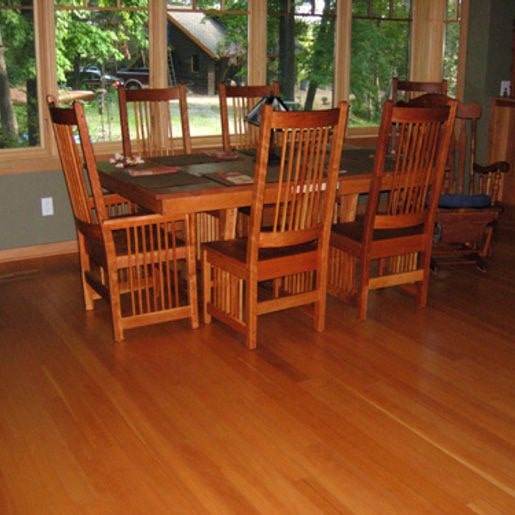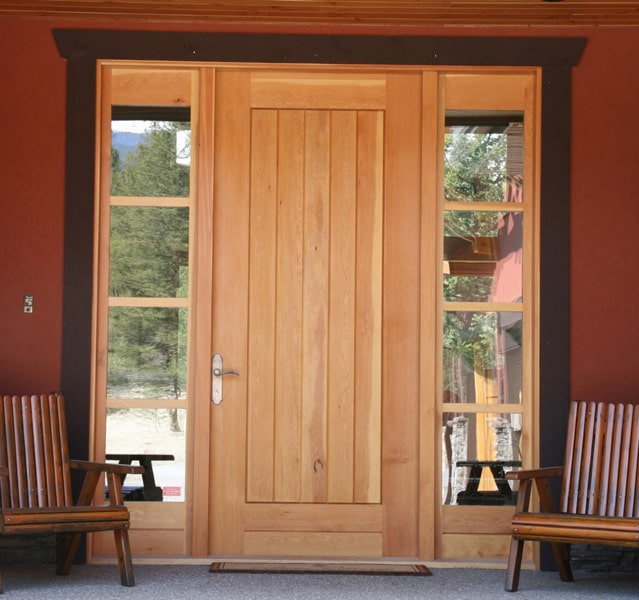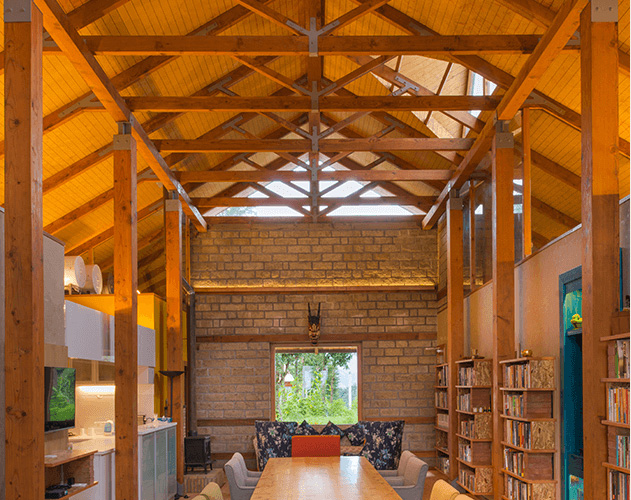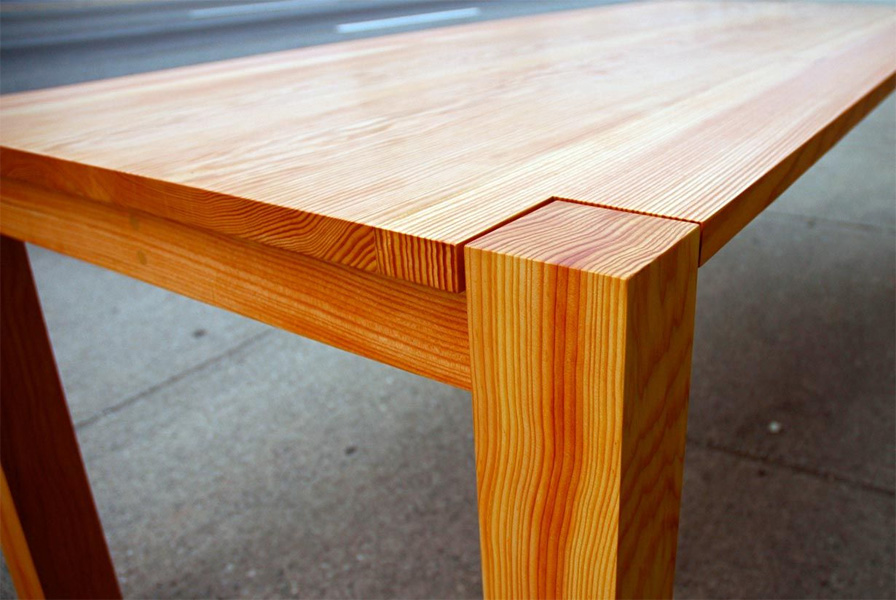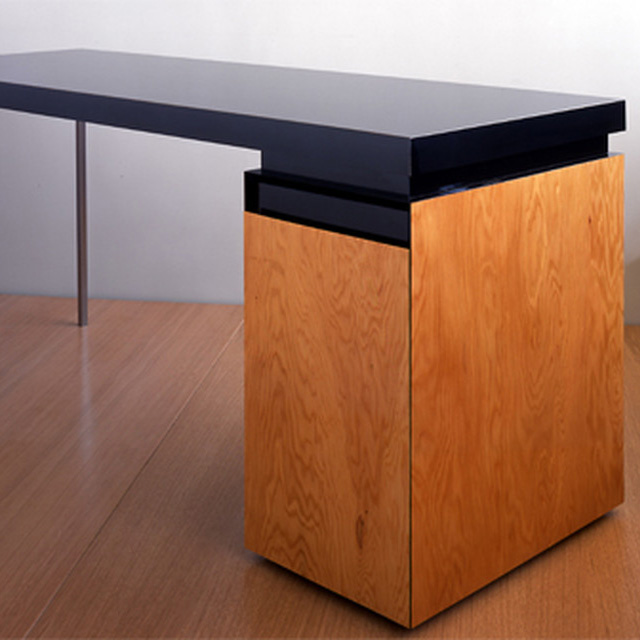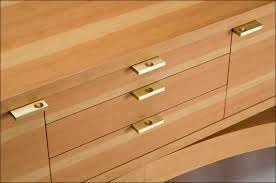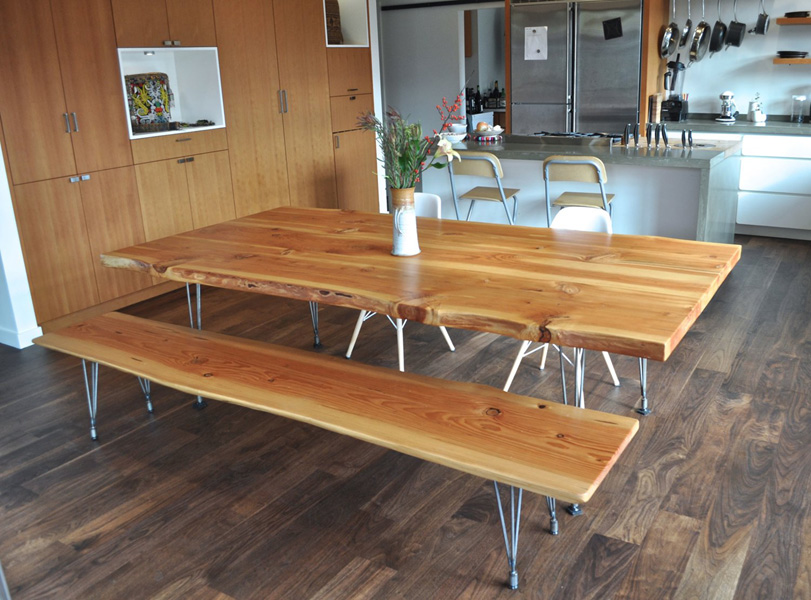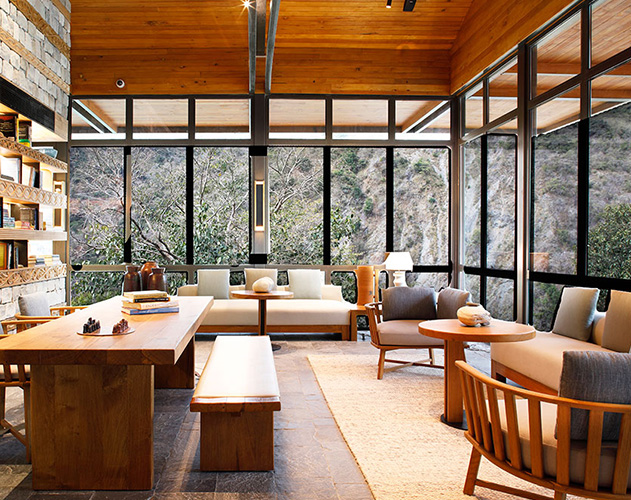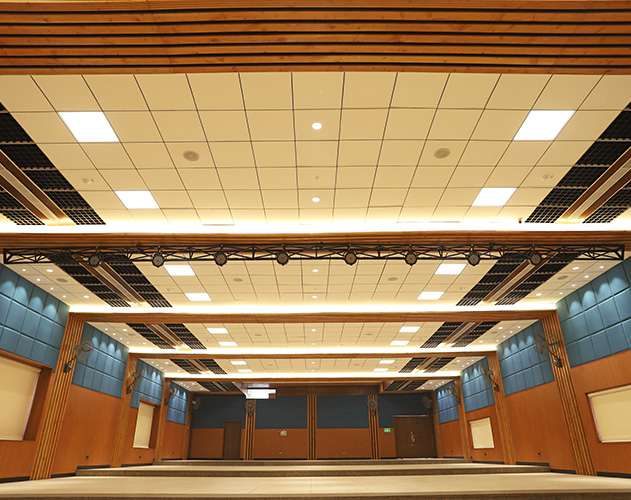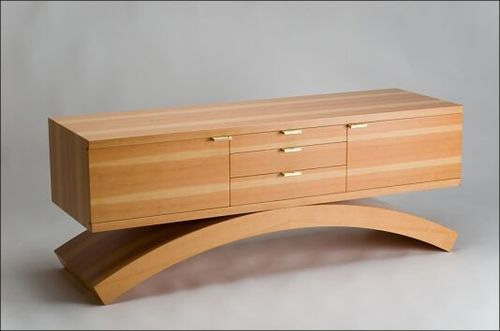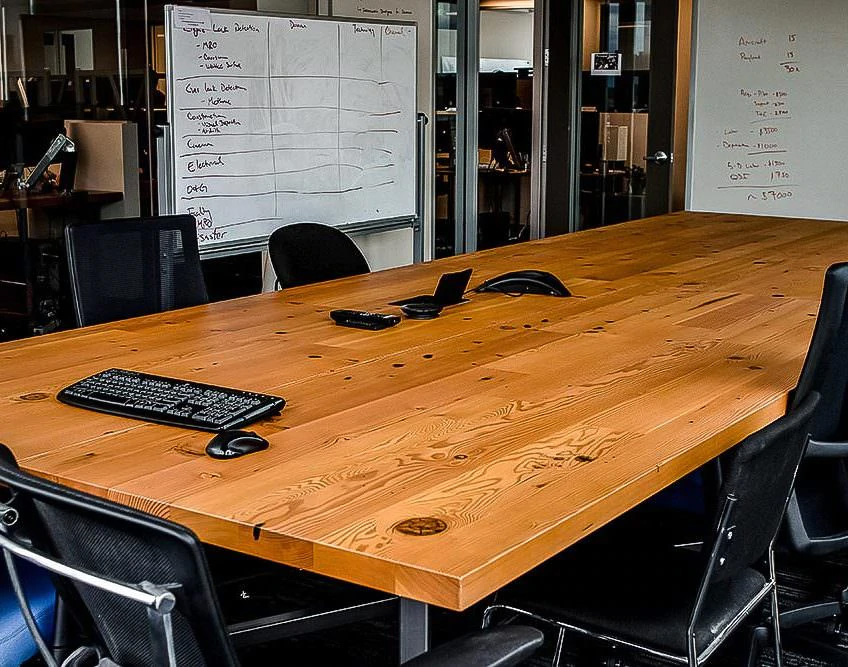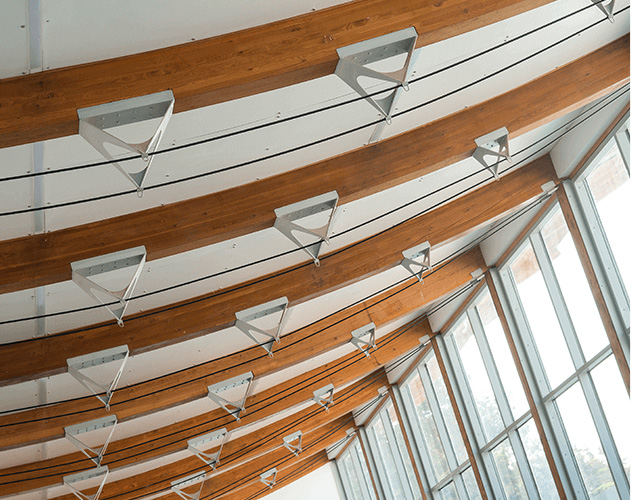You are viewing applications of Douglas Fir
Previous slide
Next slide
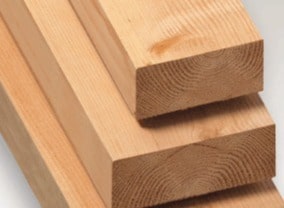
What is Douglas Fir Wood?
Douglas fir, a member of the pine family native to Western North America, holds a prestigious status when it comes to crafting windows, doors, and sashes. Renowned for its exceptional quality, it finds extensive application not only in structural elements like laminated arches and roof trusses but also in a wide array of millwork, furniture, cabinets, veneers, vats, ship and boat construction, transmission poles, and marine pilings.
Thanks to its remarkable strength-to-weight ratio and abundant availability, Douglas fir is a preferred choice in the realm of building and construction. With a rich legacy in post-and-beam architecture in India, it comes highly recommended for crafting robust doors and door frames.
Workability
The wood of the douglas fir has good strength characteristics and dries quickly with little dimensional displacement. It has good machining properties and is generally simple to deal with. It may be smoothly finished by sanding and turning, planes, and shapes nicely. The wood is easily glued, holds nails and screws well, and accepts finishes well.
Sustainability
The carbon sequestration of trees, the storage of carbon in long-lasting furniture, and the production of biomass energy from wood waste make douglas fir wood a sustainable material. Douglas fir timber is a more sustainable choice than hardwoods like oak or walnut because of the quick growth and long lifespan of these trees.
Common Uses
For structural uses, including laminated arches and roof trusses, exterior cladding and decking, solid wood doors and frames, cabinets, veneer, vats, ship and boat building, transmission poles, and marine pilings
Our selection of walnut sawn timber includes:
- Several sizes of hand-selected, regraded lumber
- Maximum moisture content after kiln drying is 15%
- All four sides have surfaces with edges
- Origin: Canada
Characteristics
Tree Size
100-130 ft (30-40m) tall
Trunk Diameter
3-4 ft (1-1.2 m)
Janka Hardness
1,930 lbf (8,600 N)
Average Dried Weight
54 lbs/ft3 (870 kg/m3)
Odor
Faint and slightly bitter scent, only present during cutting and woodworking
Workability
Difficult. It is sanded unevenly, it can readily splinter, it can blunt tool blades, and it might be challenging to seem precisely smoothed out.
Texture
With a low and natural shine, the material has a coarse texture and a straight, even grain.
Sustainability
Listed as an endangered species on the IUCN Red List.
Drying
Slow
Durability
Extremely durable Termite and rot resistance that comes naturally.
Maintenance
Low
Cost
Costly, with growing costs due to a rise in supply shortages
Interested in discussing your project? Let’s discuss!
Phone – : +91 8826970078 ,
Email – : planetexpo51@gmail.com

